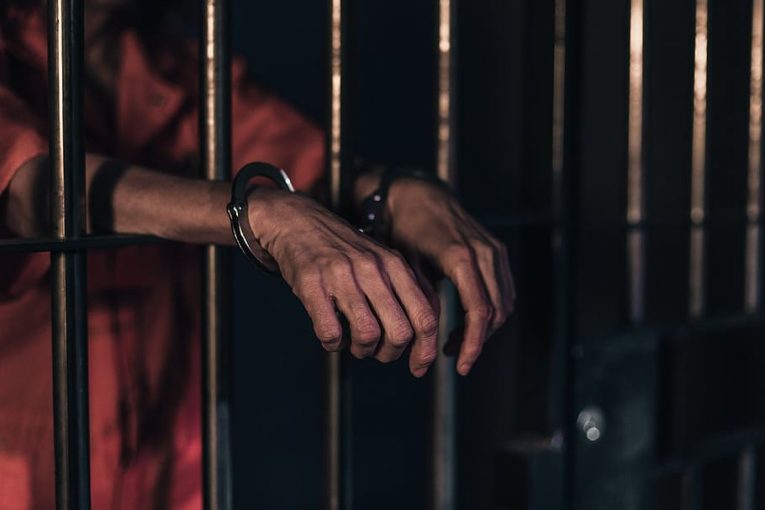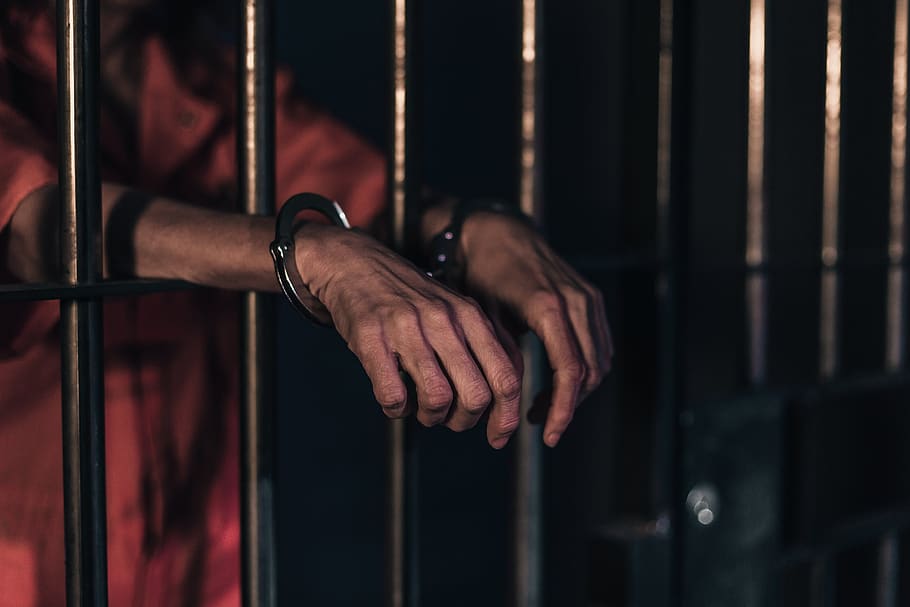


By Jamel Walker
In the information age, our society is voracious consumers of mass media There are many more media options than there were 40 years ago, but the business model of many media outlets has not changed much in that time. Since the introduction of a new genre, dubbed “infotainment” the mantra “if it bleeds it leads” is ubiquitous and has only increased in intensity. As a result, the more media of this nature we consume, the more we believe that crime is rampant in our communities. “Television news emphasizes the details of individual crimes often packaged in 30-60 minute spots, and rarely discusses crimes as a social issue.”¹ “Violent crimes are overrepresented, while property crime and white-collar crimes are underrepresented.”²
Because of this media phenomenon, our society believes that blue-collar crime is more rampant and harmful than white-collar crime. In fact, the economic and physical costs of white-collar crime far exceed the costs of ordinary blue-collar crime. For example, in their book Profit Without Honor: White-Collar Crime and the Looting of America, Steven Rosoff and colleagues write: “Annual losses from white-collar crime is probably 50 times as great as the losses from ordinary property crime.”
This is not to imply that blue-collar crime does not take a toll on its victims. From the perspective of a blue-collar crime victim, to be burglarized, robbed, have your car stolen, or even assaulted is a very traumatic experience. Growing up in the inner city, I have been assaulted and hospitalized twice, as a result. I have been robbed at gunpoint, had two cars vandalized, another car stolen, and my house burglarized. Although I have been socialized to view these occurrences as part of the “code of the streets”, the impact of their occurrence did not diminish with that knowledge. Countless others can share similar instances of victimization.
However, without the knowledge of how pervasive white-collar crime is–between our shared life experience of victimization, confirmation bias, and the media’s influence –we would remain ignorant of the more devastating impact of white-collar crime. For example, white-collar crime incurs “50 times as great as [financial] losses from ordinary property crime,” it ” also entails enormous physical costs. “³ Jeffrey Reiman for instance, argues that:
Far more people are seriously harmed each year by occupational hazards than by ordinary blue-collar crime. After reviewing the data on deaths and injuries due to occupation-related diseases and other workplace hazards, he concludes that about 55,000 workers die, and another 2.3 million get sick or are injured, as a result of dangerous occupational conditions each year. This toll greatly exceeds the approximately 16,000 homicides and 860,000 aggravated assaults that occur annually.⁴
Thus, despite one’s perspective because of their personal life experience, or the media hype due to its deliberate overrepresentation of blue-collar crimes and its underrepresentation of white-collar crimes, blue-collar crime is harmful, but not nearly as harmful as white-collar crime.
One must ask oneself, what is the cause of this underrepresentation of white-collar crime, and overrepresentation of blue-collar crime? As with most issues in our society, race is at the root of this phenomenon. In “Overrepresentation and Underrepresentation of African Americans and Latinos as Lawbreakers” on Television News 5, Professors Travis L. Dixon and Daniel Linz conducted a content analysis of a random sample of local television news programming in Los Angeles and Orange Counties to assess the representation of Blacks, Latinos, and Whites as lawbreakers and law defenders. While there have been previous studies done on this topic, Dixon and Linz’s study is the first to use three indexes. They are: “(a) ‘intergroup’ comparisons of lawbreakers by race, and cultural group; (b) ‘interrole’ comparisons of lawbreakers vs. law defenders within cultural and racial group; and (c) ‘interreality’ comparisons of lawbreakers presented on television news with crime reports obtained from the California Department of Justice, and comparisons of law defenders presented on television news with county employment records by racial and cultural group.” 6
“The intergroup comparisons revealed that Blacks and Latinos were more likely than Whites to appear as perpetrators. The interrole comparisons revealed that Blacks and Latinos are more likely to appear as perpetrators than as officers whereas the opposite is true for Whites. Most importantly, these intergroup and interrole comparisons were anchored by inter-reality comparisons. These inter-reality comparisons revealed that African Americans were overrepresented as perpetrators, and Latinos and Whites were underrepresented as perpetrators.”7
They concluded that the “portrayal of Blacks in the role of perpetrators of crime relative to other roles such as crime victims or law defenders on television news might lead viewers to believe that their social world is populated by African Americans who are dangerous and prone to crime.”8 From a social-psychological perspective, they further concluded that, ” if television news portrays significantly more Blacks and Latinos as perpetrators of crime than Whites, negative stereotypes of Blacks and Latinos as criminals may be perpetuated in the minds of viewers.”9 This is borne out by anecdotal evidence of when the local news announces breaking news of a blue-collar crime, both Black and Latino viewers secretly pray, “please God, don’t let them be Black!” or “!Por favor, Dios mio! Que no se a Latino!” These prayers are premised on the social conditioning local television news viewers have received. In turn, said social conditioning has shaped their social reality, leading them to embrace a version of their social world cultivated by television news and incorporate it into their view of social reality. Thus, “according to the social cognition literature, mere exposure to African Americans or Latinos or to stereotypic attributes regarding these groups (e.g. criminal) can unconsciously and automatically activate stereotypic association (citation omitted). Both in-group members and out-group members may process information in this way.”10 Of course, ” News editors and reporters are not exempt from this phenomenon. As a result, they may make decisions about the newsworthiness of events based on a discourse rooted in unconscious stereotypical assumptions. Under such circumstances, Black perpetration of crime, particularly if Whites are victims, may be deemed highly newsworthy by news gatherers who may unconsciously conform to these ethnocentric discursive practices.”11
The vast majority of crimes reported on television news are blue-collar crimes. According to (Delgado, 1994), blue-collar crimes can be distinguished from white-collar crimes, which are typically nonviolent, economic crimes that include some degree of fraud, collusion, or deception and lack of face-to-face interpersonal force.12 The reason local television news programs emphasize blue-collar crime is due to its likelihood “to draw attention to Black crime in the minds of viewers because Blacks are much more likely to be blue-collar criminals than white-collar criminals.”13 White-collar crimes are typically committed by White, male –sometimes female–, wealthy, and politically powerful individuals, the Bernard Madoffs, Elizabeth Holmes, and Donald Trumps of the world.
Now that we know, should we continue to allow ourselves to be manipulated into believing that blue-collar crime is much more pervasive than white-collar crime, and that Blacks and Latinos are the faces of crime in our country? I would argue, absolutely not. Instead, we should contact our local news editors and reporters and demand a balance in reporting. Challenge them to examine their own biases. If they are not responsive, we should boycott their stations until they agree to stop manipulating us. Finally, we should examine our own biases. It is one thing to be unaware of when we are being manipulated; but, now that we know better, we should do better than to accept the negative stereotypes the local news media have been feeding us. Let us all do better!
Footnotes:
- Berger et al., p. 4, Justice and Society: An Introduction to Criminology. 3rd end., Lynn Reinner Publishers, 2009.
- Id.
- Id. at p. 201.
- Id.
- Overrepresentation and Underrepresentation of African Americans and Latinos as Lawbreakers on Television News (Dixon and Linz, 2020).
- Id. at p. 133.
- Id. at p. 151.
- Id. at p. 134.
- Id.
- Id. at p. 148.
- Id. at p. 149.
- Delgado, R. (1994). Rodrigo’s eight chronicle: Black crime, White fears–on the social construction of threat. Virginia Law Review, 80, 503-548.
- Dixon and Linz, 2020, p. 150.
